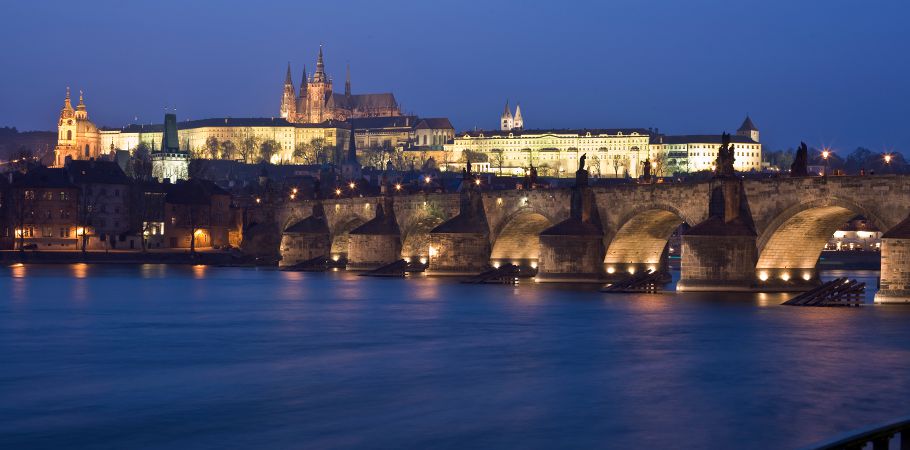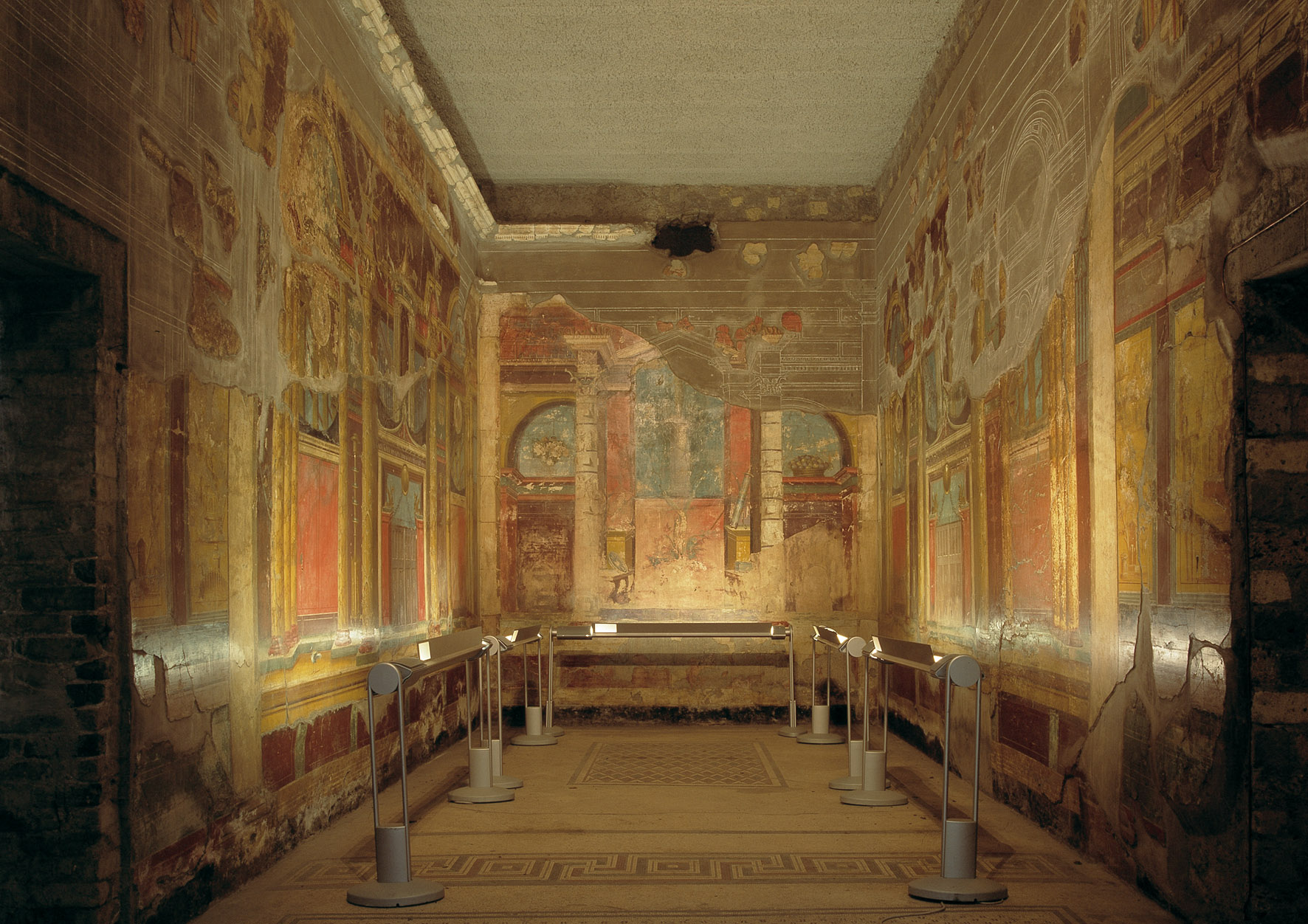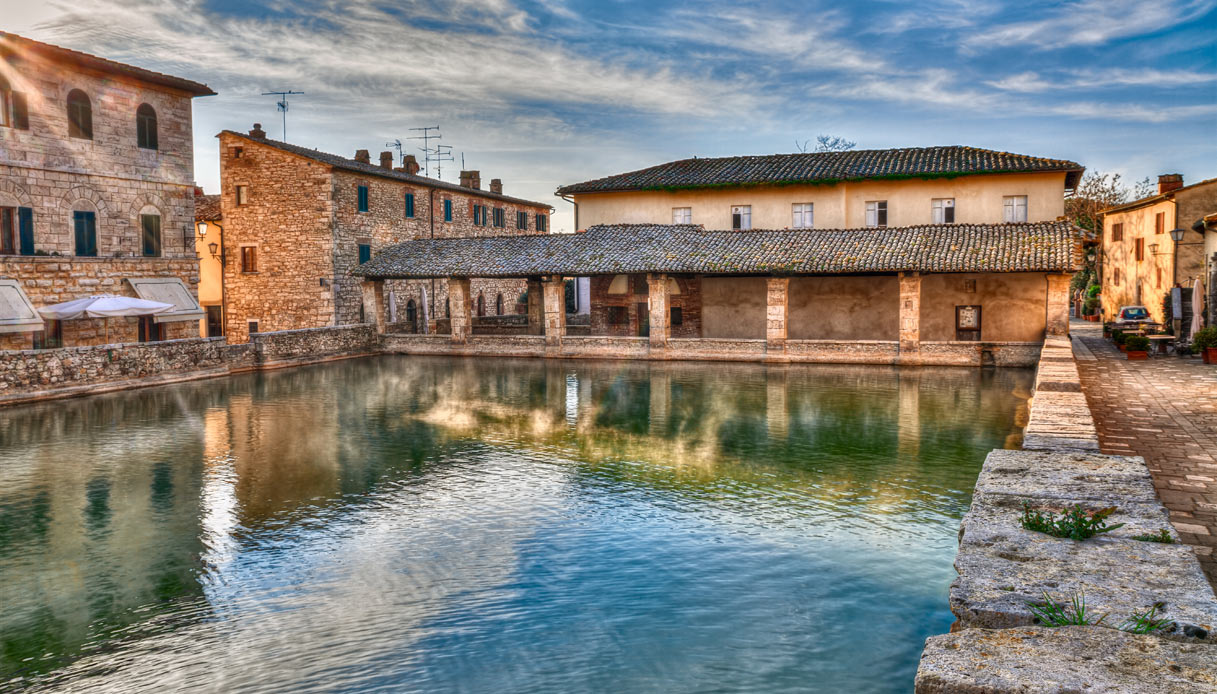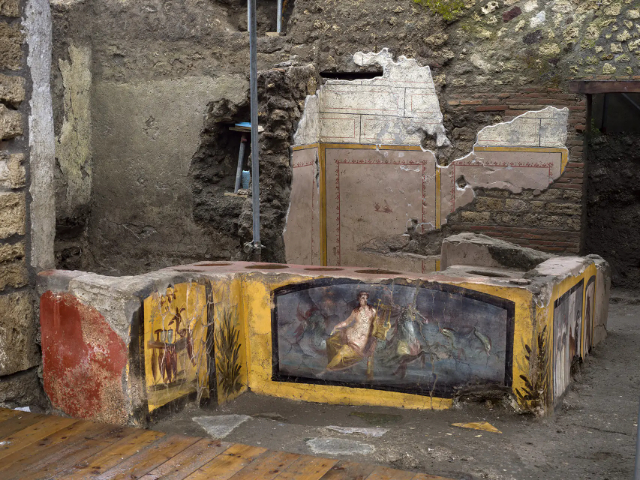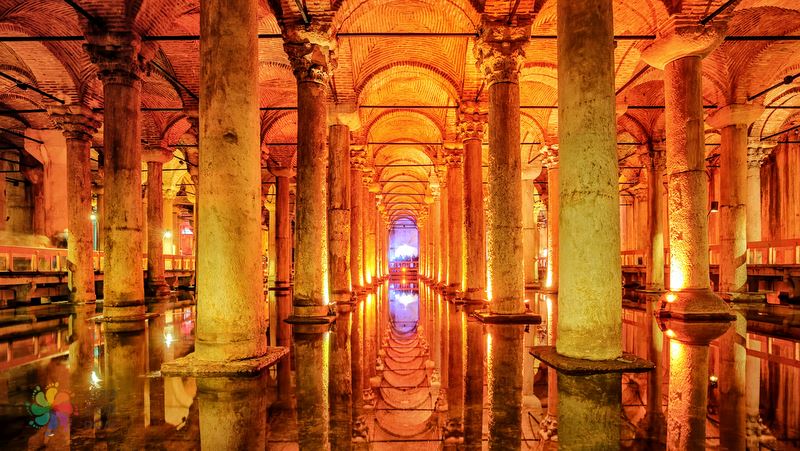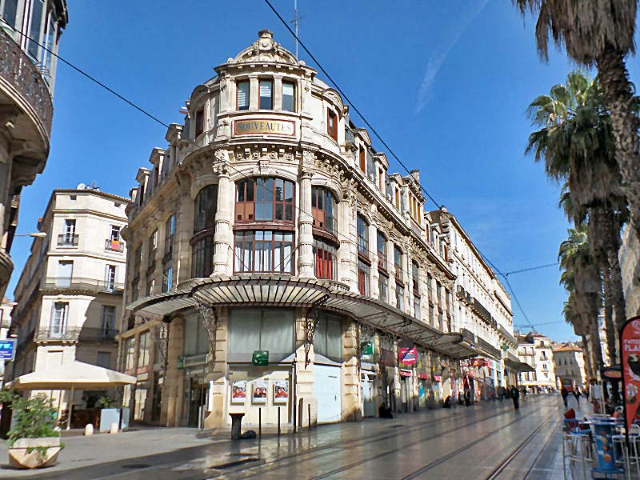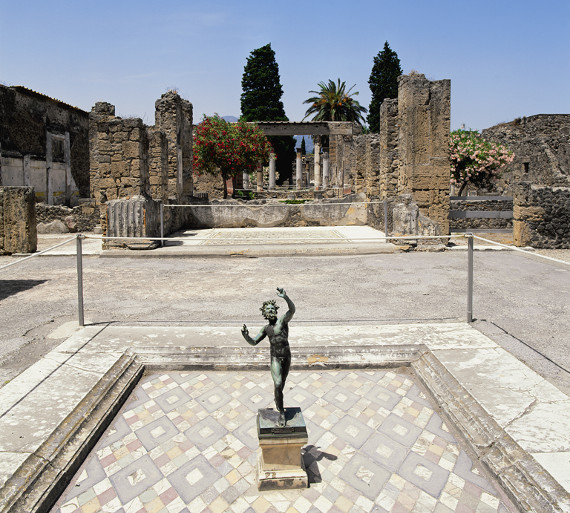The Charles Bridge (Karluv Most) is a Gothic-style stone bridge that connects the Old Town to the Lesser Quarter. During the first centuries of its existence it was in fact called Stone Bridge (Kamenný most).
It was commissioned by Charles IV in 1357 to the architect Petr Parlér, whose works include St. Vitus Cathedral and Prague Castle. The bridge is said to be built of sandstone mixed with egg yolks to strengthen the bridge’s structure.
The Charles Bridge replaced the Judith Bridge, which was the first stone bridge built over the river in 1172 but was swept away by a flood of the Vltava in 1342.
Unlike its predecessor, the Charles Bridge has survived many floods, the most recent being in August 2002 when the town faced its worst flood in 500 years.
At either end of the bridge are towers on which you can climb and enjoy a spectacular view of the bridge from above.
In the 17th century Baroque statues were placed on both sides of Charles Bridge; now many of them are just copies and the original ones are kept at the Lapidarium of the National Museum in Vyšehrad.
Perhaps the most famous statue is that of St. John of Nepomuk, a Czech martyr who was executed during the reign of Wenceslas IV by being thrown from the bridge. The plaque on the statue has been worn down by the huge number of people who have touched it over the centuries because it is said to bring good luck and ensure one’s return to Prague.
The Charles Bridge is a major destination for tourists and is also popular with local artists, musicians and souvenir sellers who place their stalls there on both sides all year round. Perhaps the best time to visit the bridge is at sunset, when you can enjoy a breathtaking view of the entire Prague Castle illuminated in the waning darkness
